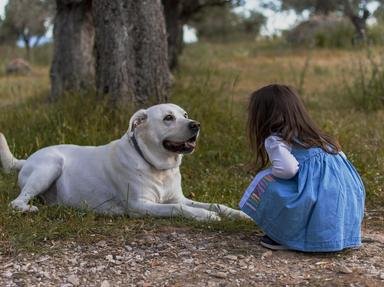
Who's Your Baby? Trivia Quiz
Can you match the baby animal to the name of its parents? Some are easy but some are much more tricky! Be careful as some of these baby names can refer to many different animals. Let's learn a bit more and have fun too!
A matching quiz
by MikeMaster99.
Estimated time: 3 mins.